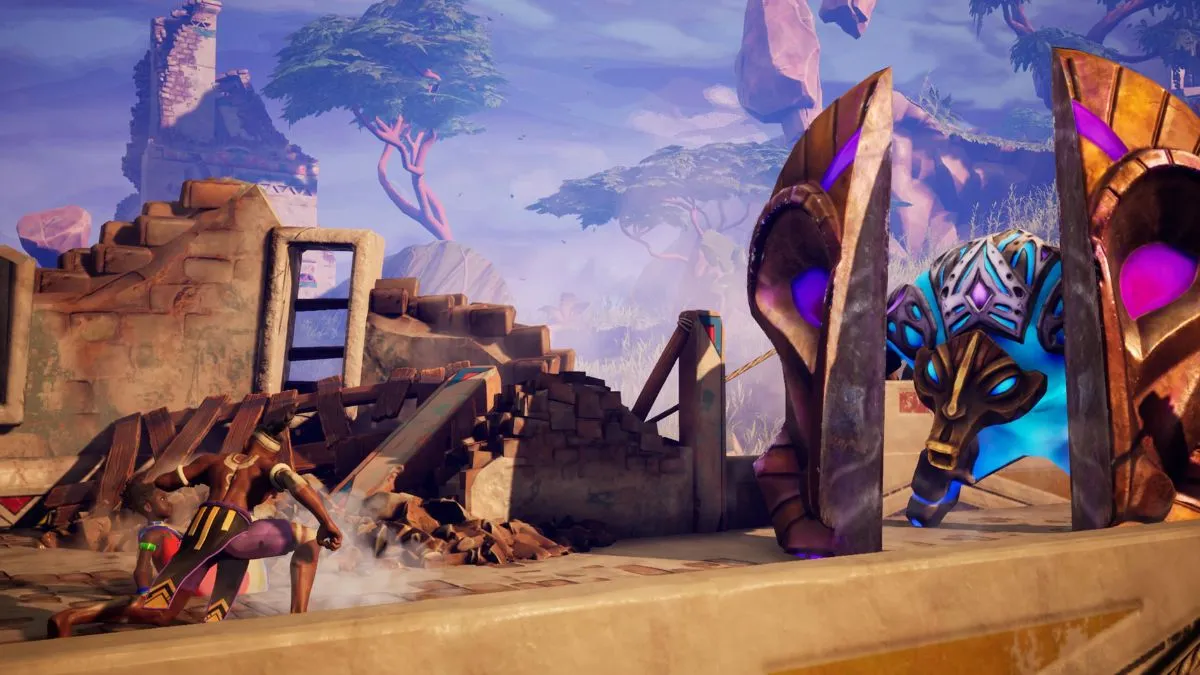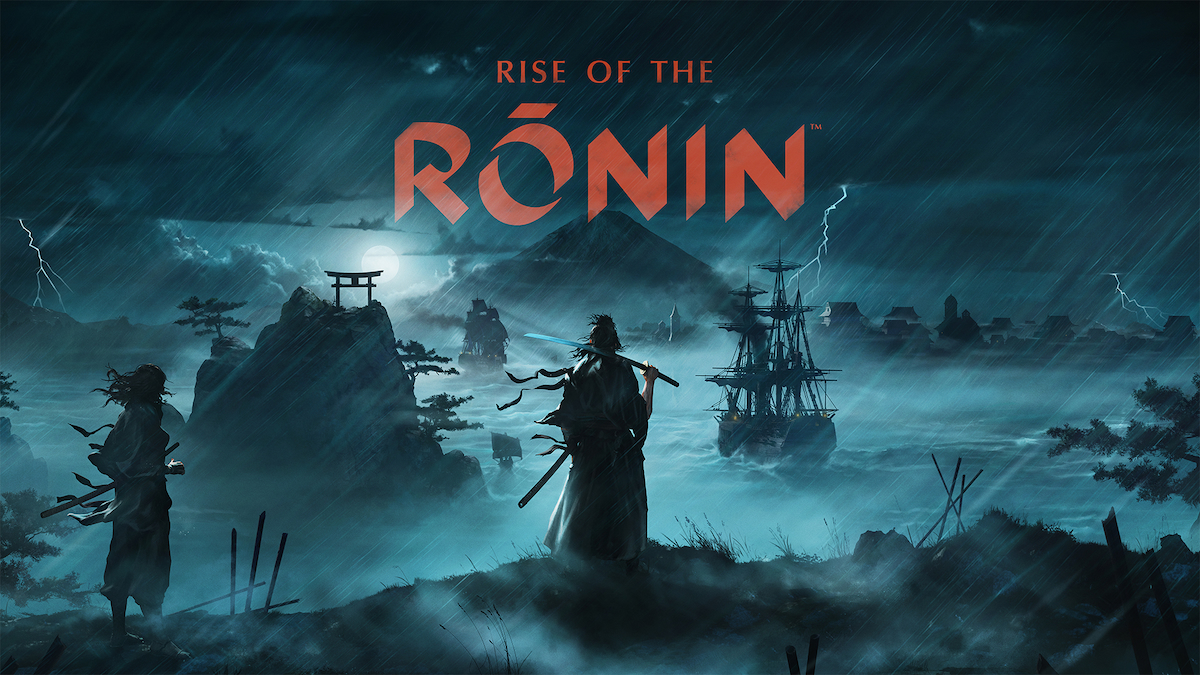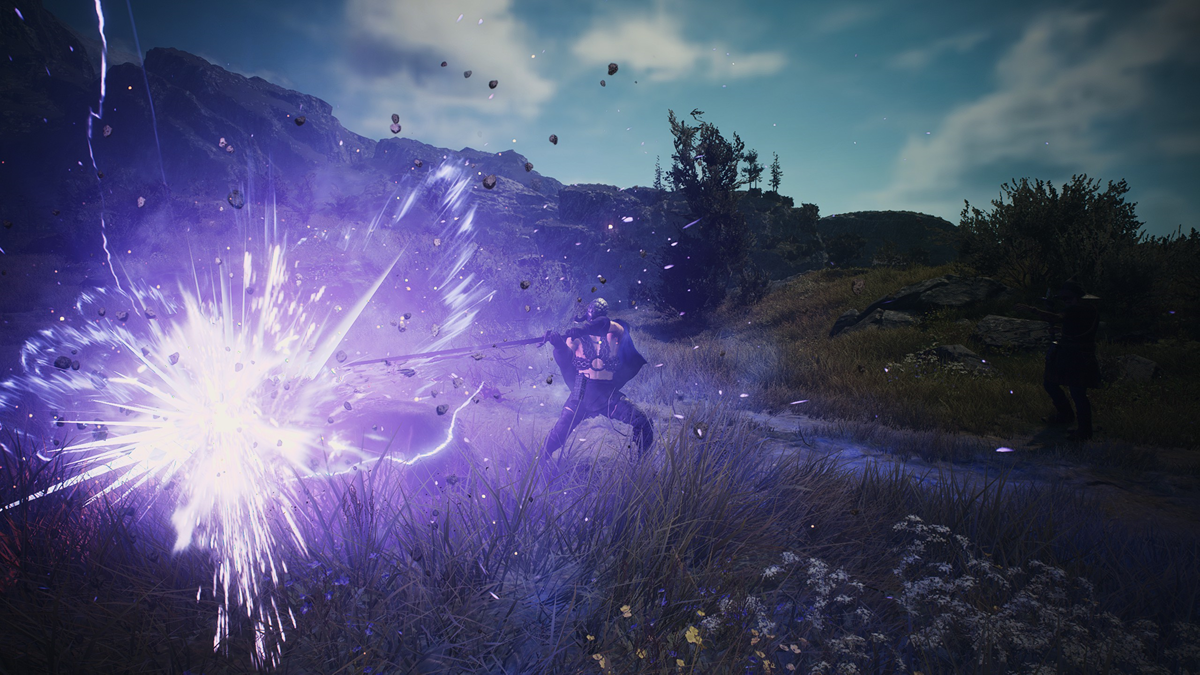Metroidvanias should feel fun to play for every second you spend with them, but they must also have a story that’s worth your time. Otherwise, there’s no reason to explore just one more room, corridor, or seek out their secrets. Tales of Kenzera: Zau nails all of this enough for you to overlook its single flaw.
Diving into Tales of Kenzera: Zau, I expected to be hit with an incredibly emotional and slow start that slowly ramped up but never quite hit the peaks of games like Metroid Dread. But that’s not what I got. This game has a quick tutorial that teaches you speed is going to be key for the rest of your playthrough, then leaves you to it as you traverse a colossal world. Slowly unlocking abilities, paths, and memories that fill out the character you’re controlling.
Tales of Kenzera: Zau (PS5 [Reviewed], Xbox Series X|S, PC, Switch)
Developer: Surgent Studios
Publisher: Electronic Arts
Released: April 23, 2024
MSRP: $19.99
A diverse world
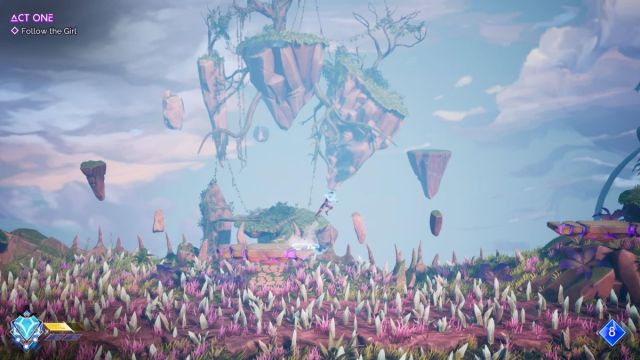
There are two worlds in Tales of Kenzera: Zau: the modern day, set in the near future, and the spiritual realm of Kenzera. The two protagonists are one in the same, but it’s through Zau you’ll experience the majority of the gameplay. Both characters have recently lost their fathers, and while our modern day hero seeks to understand his feelings by reading his father’s words, Zau, a shaman of Kenzera, takes a more physical approach.
Zau pleads with the god of death to return his Babba, to which the god agrees if Zau will seek out and subdue the three spirits that have evaded him. It’s a brilliantly simple plot that justifies the story length, intriguing characters you meet, and the sheer scale of the world.
There are three main areas of Kenzera to explore, each divided into dozens of smaller biomes. Every one of the main parts of the world is built to represent one part of grief, such as the highlands that make the anxiety and trepidation in the early stages of grief so difficult to get through. They’re cleverly designed so that they’re still fun to explore, though.
As you should expect in a Metroidvania, the main path is filled with blockers that force you to take the long way around and uncover a new ability or solution that can be applied elsewhere before progressing. The sense of unlocking more of the world as you hit each major plot point or complete a puzzle is great and worthy of the games that coined this genre.
The abilities you must master fall under traversal or combat. Zau has two masks: the Mask of the Moon and the Mask of the Sun. Each has its own strengths in combat that you’ll uncover as you get into more battles. I was surprised to realize there’s an advantage to both when moving around the world too. For example, the Mask of the Moon is far easier when quick acrobatics must be employed, but the Mask of the Sun is better for sheer speed.
This is similar to how the masks help you in combat. The Mast of the Moon has a ranged attack that helps with crowd control, while the Mask of the Sun is perfect for dealing a lot of damage at close range but is riskier to use.
The enemies that occupy Kenzera are, like the world, based on the cultures of the Bantu people in Africa. This makes them feel so much more alive, even though their appearance is rather cartoony. You’ll find all sorts of references to these cultures as you explore, but my favorites are the Baobab Trees, ancient and very real trees that can live for 5,000 years and increase Zau’s health pool. There’s so much more to the gameplay than simple stat buffs, though.
Intelligent gameplay that makes you feel the same
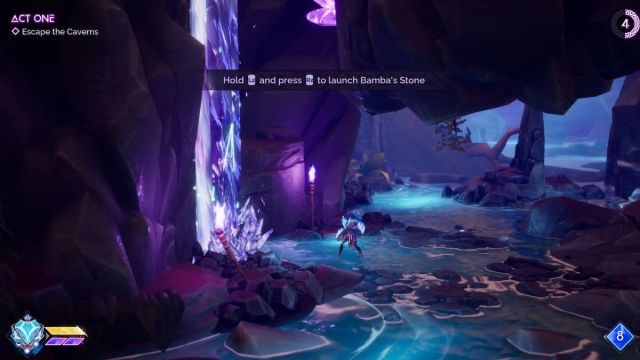
Tales of Kenzera: Zau is a game that will really make you think. Its world is densely packed with secrets, and not only those you can unlock with abilities gained further down the line. Each biome has a set of collectibles, and you can see a generous portion of the map, so nothing is truly hidden.
However, when rushing around the world, it’s easy to fall prey to the tricks the environment can play to hide areas with collectibles. I clocked on far too late that purple signage is subtly used to indicate a secret path, and spent a great deal of time replaying areas I knew I’d missed something in to find them.
But the game has far more to it than puzzles and secret paths to make you feel accomplished. Challenge runs test the limits of Zau’s traversal and your ability to control him. Many of them require you to shift between masks, use abilities mid-air, and get what feels like pixel-perfect timing on jumps.
These challenges offer powerful Trinkets as rewards, that give Zau a boost in combat that makes certain encounters much easier, but you’ve really got to work to get them. This is where the one glaring flaw in the game rears its head.
Controlling Zau isn’t consistent, or at least wasn’t in the review build I played on PS5. I noticed this, particularly with the Mask of the Sun, but the controls didn’t feel quite tight enough, regardless of the mask Zau wore. This could be a big issue for some players, but I still managed to do everything I wanted perfectly well. I can’t help but feel that if these controls were sorted out, making landing zones and jumps more consistent, the game would be even better.
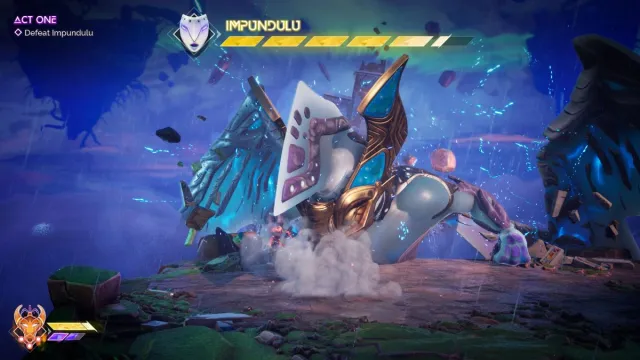
Thankfully, Tales of Kenzera: Zau also has combat challenges that have no issues, feel intense to attack, and are incredibly satisfying to beat. Each has three levels of difficulty and awards various items and buffs to Zau that will help you beat bosses and future challenges.
The highlight of this game, and something that takes a surprisingly long time to experience for the first time, is the boss fights. These are massive ordeals that feel hectic and force you to the limit of your skill each time you hit one.
You’re forced to learn enemy movement patterns and squeeze in attacks to a level that I think only speedrunners usually aim for. Mastering your Trinkets and adapting combat to suit them is essential, and you feel amazing when you finally come out on top.
The ultimate payoff is, of course, the story revelation as you approach every boss, which usually helps Zau understand himself and his emotions a little more before moving on to a new emotion of the grieving process. Surgent Studios has also brought this into the gameplay, with Zau’s dialogue with the characters he meets and even his offhand comments to the god of death fitting his mental state.
If you thought Ellie and Joel’s conversations in The Last of Us helped move the story forward, make you understand them better, and identify with them more, you’ll immediately resonate with Tales of Kenzera: Zau.
A well-rounded experience worth multiple completionist runs
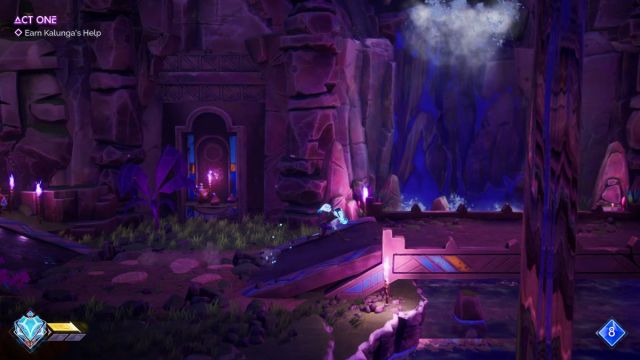
Outside of the control issue I mentioned above, there’s nothing to complain about in Tales of Kenzera: Zau. You can tell great care has been taken to ensure every moment feels good to play and experience, even if it’s just the way Zau grunts when he sees a particular object.
Something that has stuck with me throughout my entire playthrough is the soundtrack. Every piece of music fits its biome, boss fight, conversation, combat encounter, or puzzle perfectly. Native Bantu instruments, modern-day music out of Africa, and even the choir who sang on the Black Panther soundtrack all come together to make an audibly complete moment that personifies what’s happening on screen every second you play.
I really can’t complain, because I think Tales of Kenzera: Zau hits the mark at around 8 hours for a single playthrough, maybe 15 for a completionist run, but I’d love more gameplay. It’s a title you’ll definitely go back to play and offers an astounding amount of content that you actively want to engage with for its size and price. Nothing feels unnecessary or like filler; it’s all gold, and there’s just as much as there needs to be.
From the background of the paths, corridors, and rooms you explore to the lore entries you can sit and read through, there’s enough here to help you dive into Kenzera and feel as if you’re part of it alongside Zau. I’ve been looking forward to Tales of Kenzera: Zau ever since developer Surgent Studios’ founder Abubakar Salim went on at The Game Awards to explain what it is, what it represents, and why he felt it needed to be made. The game is a response to the grief he felt and is still processing over his father’s death. This resonated with me, because I lost my mother roughly six years ago at the time of writing.
The level of grief you feel over losing a parent is just horrible, and it’s worse when you’re young because you have no frame of reference for how to deal with the emotions that come with it. Worse still, there are few people you can lean on who have ever been through anything similar. This game perfectly embodies the process of grief for anyone, no matter the cause.
I believe it will help anyone who plays it understand themselves more, especially if they feel the darkness life can throw at them has changed them somehow. It’s a beautiful game, an essential game, and the groundwork for what I hope becomes a franchise that takes those things in life some of us have been taught to bottle up and presents them front and center.


